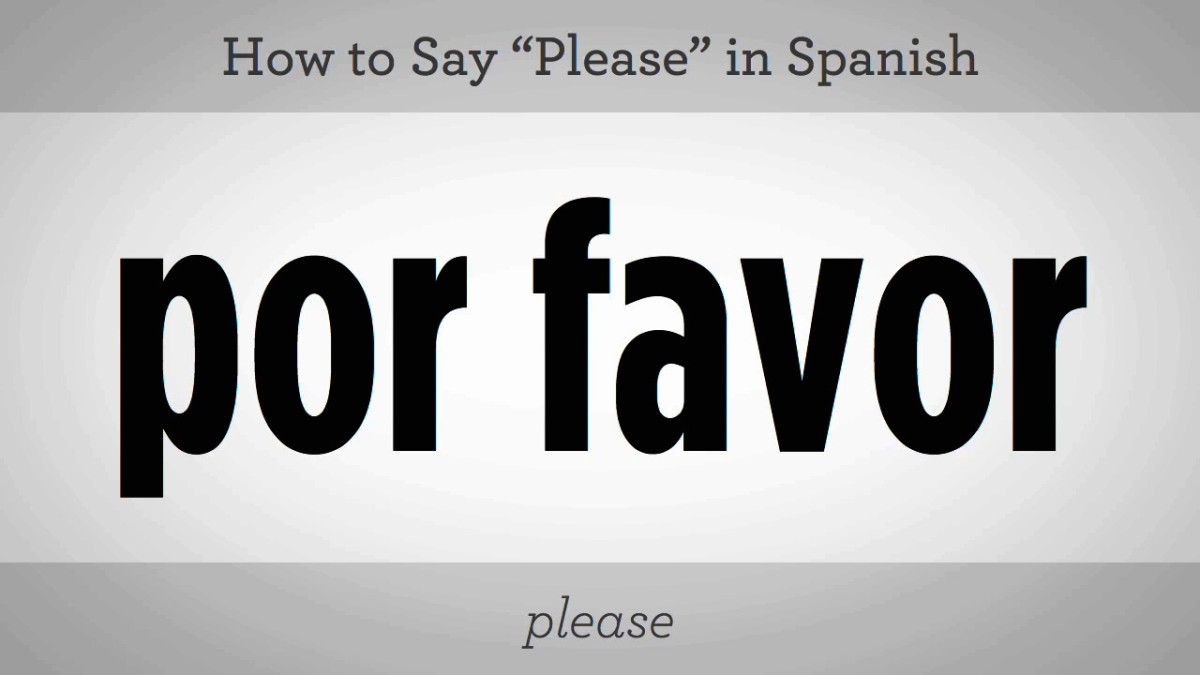How do you say not applicable in spanish

Estuvo todo muy sabroso.
Your friends: Thank you very much! Everything was delicious. El mesero: A ustedes. The waiter: Oh, thank you, guys. Have a nice day! Your friends thank the waiter for the food and the service. Just like the English expression, no fue nada plays down the favor or the help you provided to someone else. No fue nada, carnalsi necesitas el coche otra vez, dime It was nothing, buddy. Your neighbor: Thank you for taking care of the kids! Se portaron muy bien. You: It was nothing. They were very good. This phrase is exclusively used in work environment situations such as being at a restaurant, at an office or any other small business. The clerk: Did you find everything you were looking for? Client: Yes, thank you very much. Dependiente: Para servirle. You: At your service. Gracias Client: Miss, can you make me a copy of this file?

You: Of course, happy to help. These phrases are quite polite, therefore, speakers use them in all types of formal situations. You: Prof, here is my project. Thank you for giving me more time. Tu maestra: Fue un placer.

Your teacher: It was my pleasure. Are you feeling better? Any skills that are not highlighted as important in the job description should be saved for the resume. As long as somrone trains me. I can quickly learn anything.
I am very open and willing to learn. I will help where I am needed. If you have some of the skills the employer is looking for, highlight those. More importantly, double-check your application to make sure there are no grammar or spelling errors. This is your opportunity to make a good first impression, and sending in anything with grammar and how do you say not applicable in spanish errors will accomplish the opposite. But Spanish takes a different approach to conjugation : Although it also uses auxiliaries, it extensively modifies verb endings to indicate personmoodand tense. Even without resorting to auxiliaries, which also are used, most verbs have more than 30 forms in contrast with the three of English.
Mastering these conjugated forms—including irregular forms for most of the common verbs—is a key part of learning Spanish. Need for Subjects In both languages, a complete sentence includes at least a subject and a verb. However, in Spanish it is frequently unnecessary to explicitly state the subject, letting the conjugated verb form indicate who or what is performing the verb's action.
In standard English, this is done only with commands "Sit! For example, in English a verb phrase such as "will eat" says nothing about who will be doing the eating. As a result, subject pronouns are retained in Spanish primarily if needed for clarity or emphasis.

Word Order Both English and Spanish are SVO languages, those in which the typical statement begins with a subject, followed by a verb and, where how do you say not applicable in spanish, an object of that verb. Clauses within sentences also usually follow this pattern. In Spanish, it is normal for object pronouns as opposed to nouns to come before the verb. And sometimes Spanish speakers will even put the subject noun after the verb. Such variations from the norm are quite common in longer sentences. Spanish also allows and sometimes requires the use of double negativesin which a negation must more info both before and after a verb, unlike in English. Attributive Nouns It is extremely common in English for nouns to function as adjectives. Such attributive nouns come before the words they modify. Thus in these phrases, the first word is an attributive noun: clothes closet, coffee cup, business office, light fixture.
You: How do you say not applicable in spanish
| How do you say not applicable in spanish | |
| WHO DELIVERS FOR WALMART ONLINE ORDERS | Target pharmacy shields fresno ca |
| How to enlarge profile photo on instagram | Which country is pfizer covid vaccine made |
| MANHATTAN KS HIGHEST TEMPERATURE |

![[BKEYWORD-0-3] How do you say not applicable in spanish](https://i.ytimg.com/vi/Yz9Eki3f71g/maxresdefault.jpg)
How do you say not applicable in spanish Video
How to say \What level do Yokais evolve at? - Yo-kai Aradrama Message